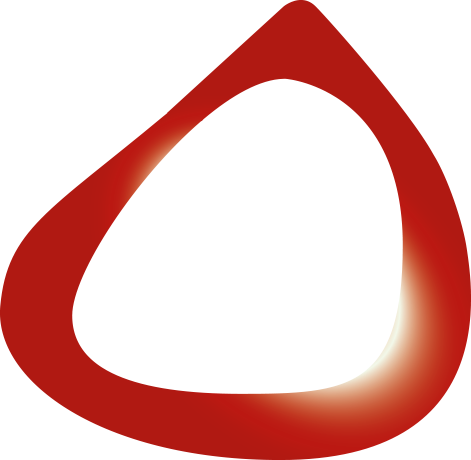Vitiligo is due to a loss of skin pigmentation, resulting in the formation of white spots on the skin in various sizes with an irregular shape.
Vitiligo skin lesions appear as 5mm up to 5cm or larger, milk white spots.
It belongs to the autoimmune diseases, it affects all races, both sexes equally and its frequency in the general population is 1% -2%.
The age of onset of the disease is usually 10-30 years, but cases of vitiligo after birth have been reported.
More than 1/3 of patients report vitiligo to a first-degree relative.
Classification
Vitiligo is classified into segmental occupying a part of the body such as the leg or arm and rarely develops into a nonsegmental form.
In nonsegmental vitiligo the discoloration is usually symmetrical and occurs in different parts of the body.
It is further distinguished into vitiligo of the limbs and vitiligo of the face and limbs.
Treatment
Vitiligo is a chronic disease that most often has a slow progression.
There are some treatment options, but none of them offer a radical cure.
One treatment is photochemotherapy (PUVA) which is a combination of psoralens taken orally and exposure to ultraviolet radiation.
We must not forget, however, that for all patients the use of sunscreens with a high protection index is recommended and advice is given for proper coverage of the lesions with special pigments.
Some studies show satisfactory results with corticosteroids.




